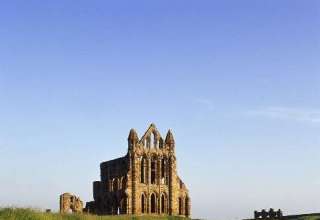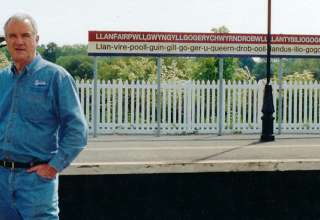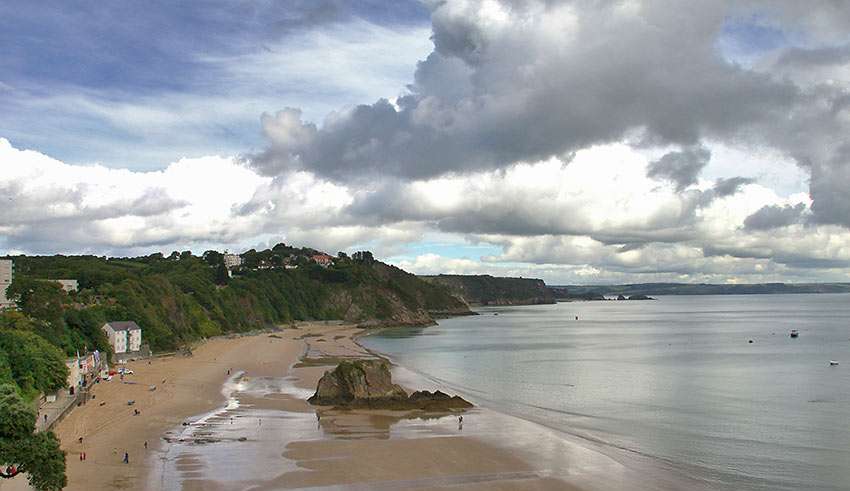
“Though they sink through the sea they shall rise again;
Though lovers be lost love shall not
And death shall have no dominion”
— Dylan Thomas
This installment of Three Things About Wales is courtesy of Visit Wales.
1. Question: What are some of the “things” or activities that the people do for fun in Wales?
Answer:
Try ‘coasteering’— it’s great — dressed in wet suites you jump of a cliff (around 30 ft.) into the sea, swim a little, then climb up the cliff to do it all again.

2. Question: What’s one thing the public probably does NOT know about Wales?
Answer:
The Wales Coast Path is a unique long distance footpath. For the joy of hikers, it is the only one in the world that encompasses the entire Wales coastline. Did you know that Wales has 641 castles — some of which you can stay in!
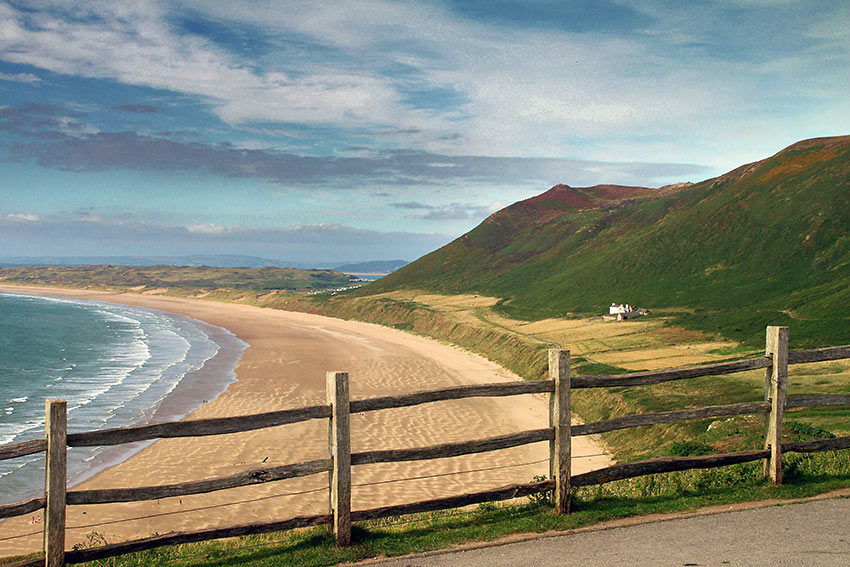
3. What has Wales contributed to the world?
Answer:
Slate — at the end of the 19th century almost all of the slate used for housing came from Wales. The history of slate mining is kept alive by the National Slate Museum in Llanberis. Also, famous poets, entertainers and actors like Dylan Thomas, Dame Shirley Bassey, Tom Jones, Sir. Anthony Hopkins, Catherine Zeta-Jones, Richard Burton and more!
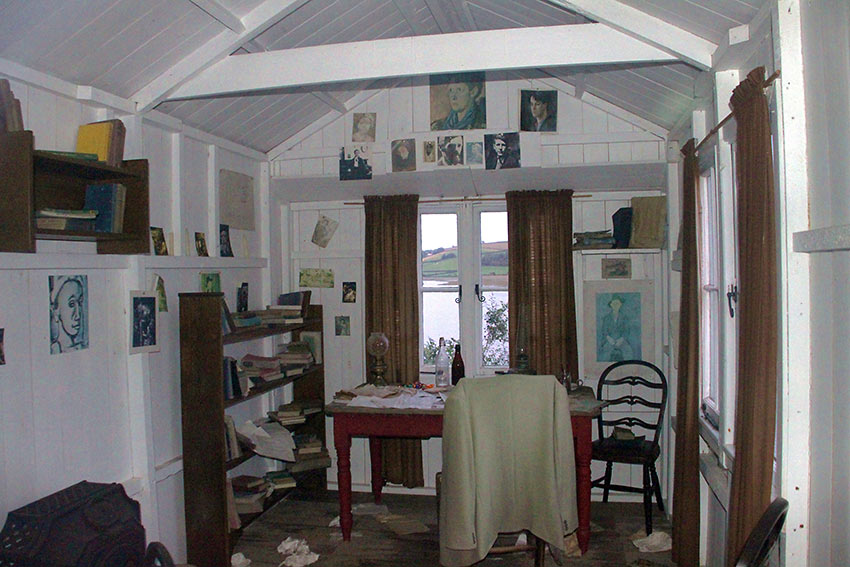
Did you know that Wales has 641 castles — some of which you can stay in! Caerphilly Castle (Caerffili), located in South Wales, was first built between 1268 and 1290 CE, and is the largest medieval castle in Wales.
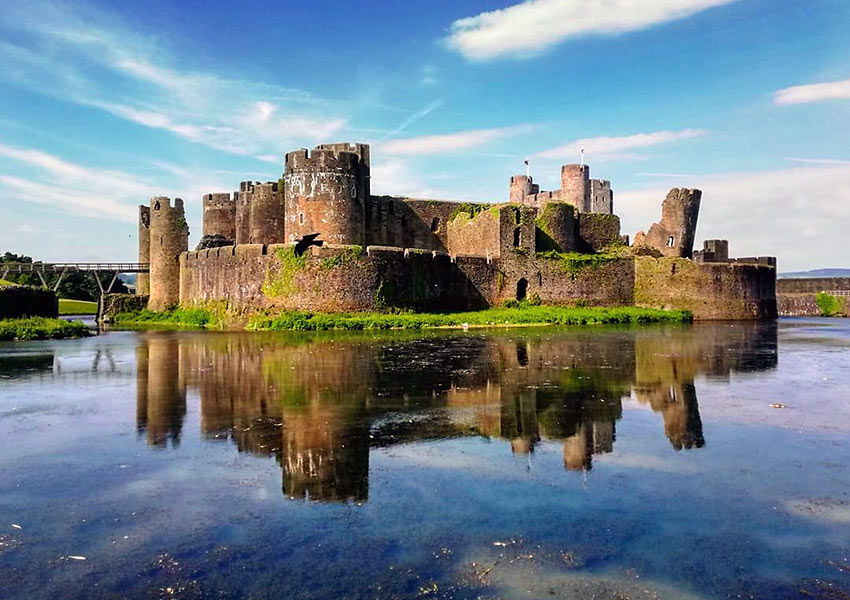
If you want to know how one of the truly great fortresses of medieval Europe actually worked, come to Caerphilly. This is not just a picturesque ruin. It’s history in action.
Here you can marvel at the reflooded lakes and the four types of siege engine, all the replicas in perfect working order and ready to fire. You can walk the dam platform where jousts and tournaments were held. You can even, if you’re feeling especially romantic, get married in the restored great hall.
It’s an unforgettable experience — and continues a tradition of imaginative reconstruction established by the fabulously wealthy fourth Marquess of Bute.
From 1928 until the onset of the Second World War he restored all the parts of the castle that had collapsed since the Middle Ages. It was the biggest, most thorough and most authentic project of its type ever undertaken in Britain.
Partly Bute was indulging his passion for medieval buildings, no doubt inherited from his father, who had restored and redecorated Cardiff Castle and Castell Coch. But mostly he was driven by a sense of social justice.
His plan was to support the economy of Caerphilly, reeling from the General Strike of 1926 and the Great Depression. For 12 years he employed no fewer than 15 full-time masons along with large numbers of labourers and contractors.
By 1936 he’d spent more than £100,000 from his own pocket — many millions at today’s prices. He’d cleared ivy, dredged moats and meticulously restored bridges, towers and gatehouses one lump of stone at a time. Half of what we see today at Caerphilly is down to him.
But not everyone was impressed. Bute’s radical approach went completely against the prevailing wisdom to ‘keep as found’. Conservation, not recreation, was the order of the day.
His brother, Lord Colum Crichton-Stuart, labelled his critics as ‘the decadent who cherish decay and would prevent the restoration of the greatest fortress in Wales’.
Bute’s philosophy has prevailed at Caerphilly over the last 60 years. Most spectacularly the huge dams have been repaired and the lakes refilled. The inner east gatehouse has a new floor and roof. The elaborate windows of the great hall have been restored to their former glory.
Today a wooden statue of the marquess seems to be doing his best to hold the famous Leaning Tower in place. It’s an eloquent tribute to the man who saved Caerphilly Castle from ruin.
Go here for further information about Wales
